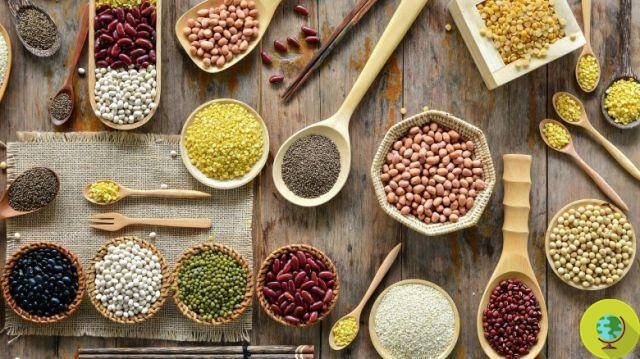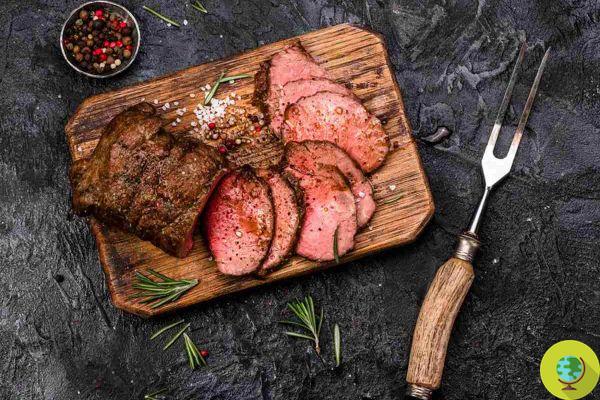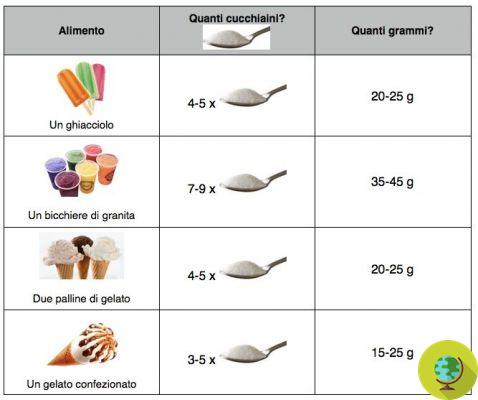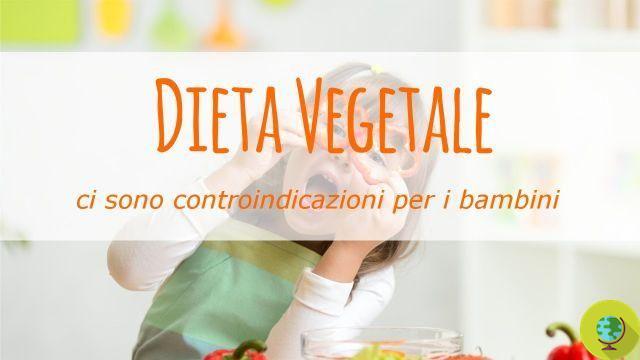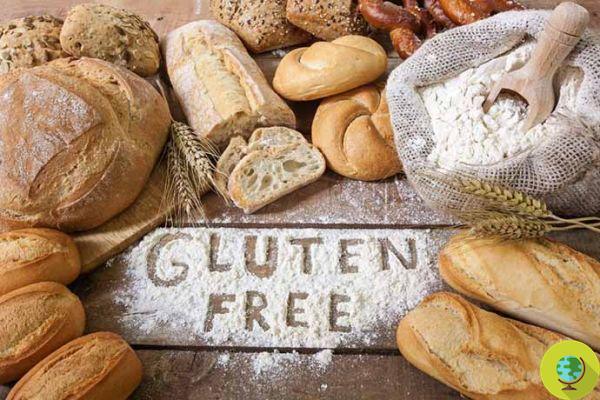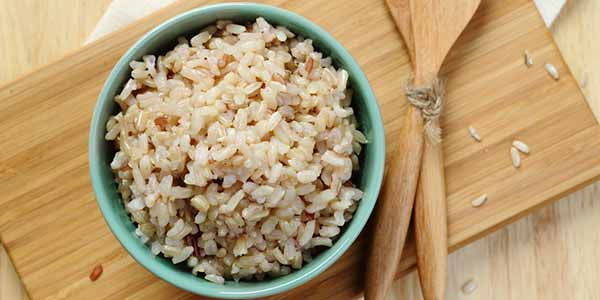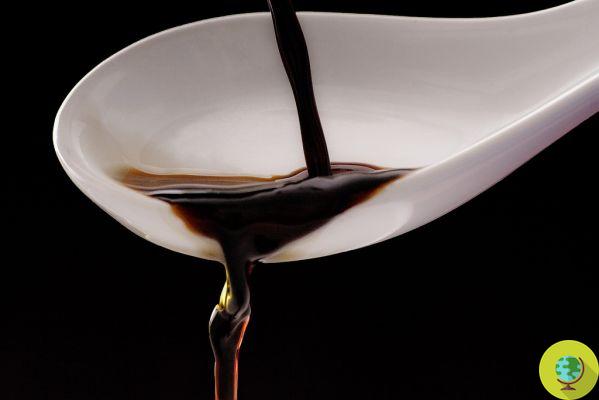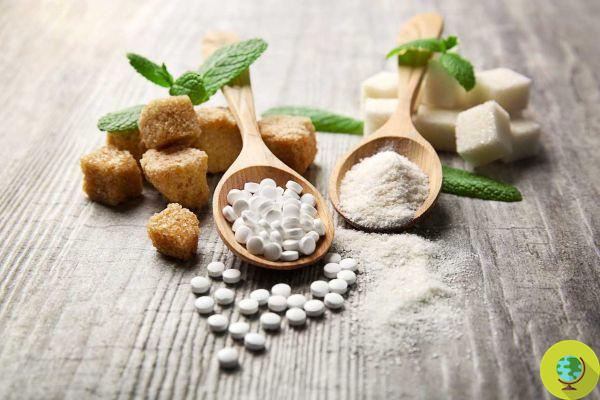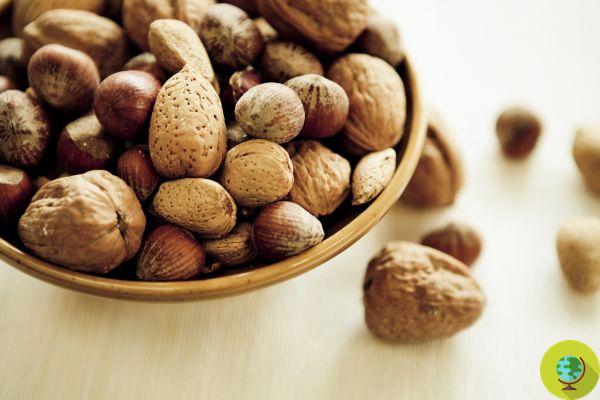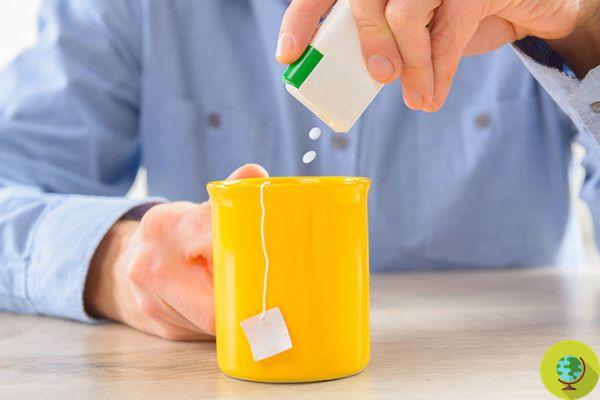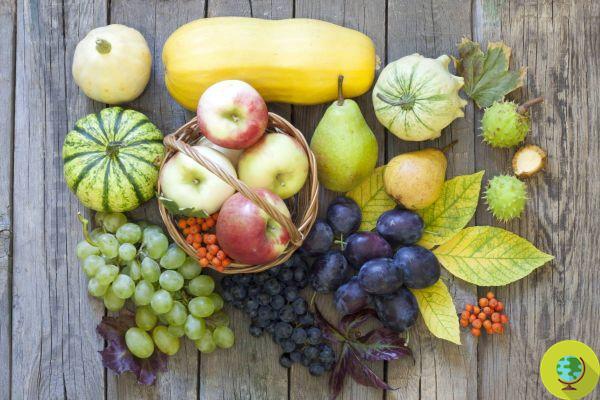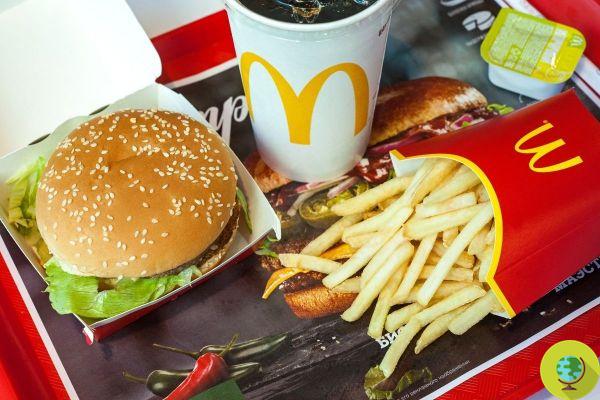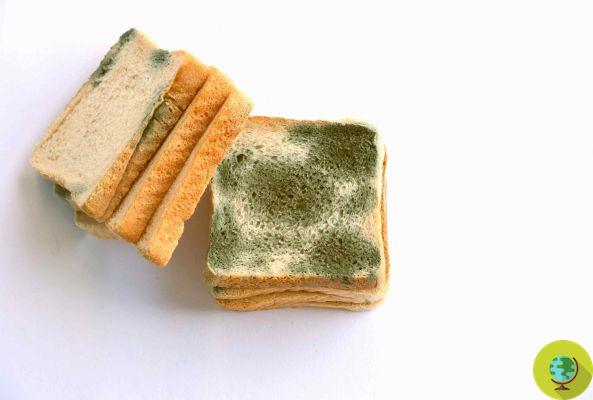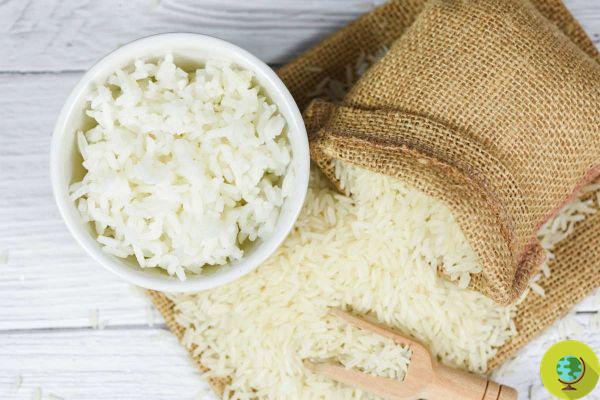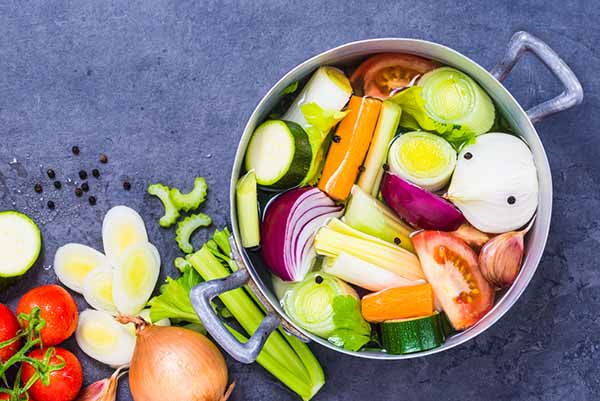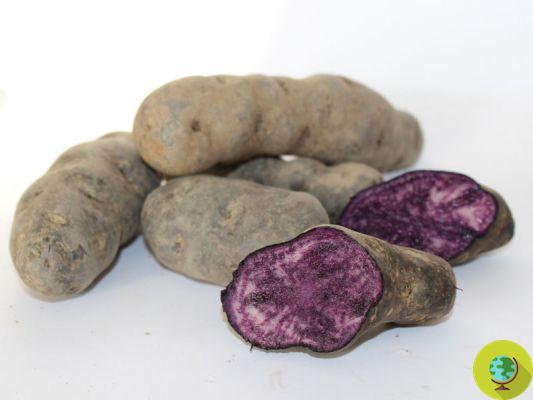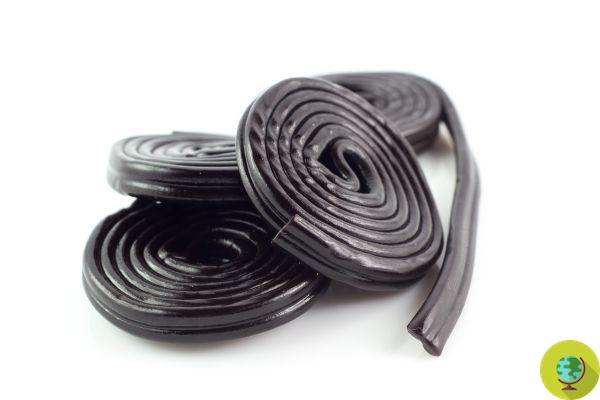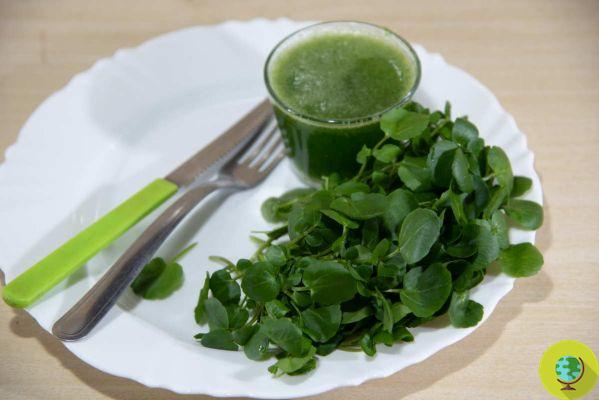
The salad accompanies us in all our meals, but not everyone knows that there is a type of salad that is healthier and more beneficial than the others.
Don't store avocado like this: it's dangerousSalad is one of the foods that now often accompany us in our lunches and dinners. Rich in fiber, antioxidants and vitamins, the salad helps fight migraines, stress and insomnia. However, not everyone knows that there is one type of salad that is healthier and more beneficial than the others.
A study by the Centers for Disease Control and Prevention looked at 47 different types of fruit and vegetables and classified them based on the density of nutrients they contain. The different types of vegetables and fruit studied had to meet two main criteria:
- the ability to reduce the risk of chronic diseases;
- a 100-calorie serving had to contain at least 10% of the daily value of 17 qualifying nutrients (including potassium, fiber, protein, calcium, iron, thiamin, riboflavin, niacin, folic acid, zinc and vitamins A, B6, B12, C, D, E and K).
The type of vegetable that was found to be the most nutritious and healthful according to the study was watercress, surpassing vegetables usually considered healthier such as black cabbage.
The most nutritious vegetable of all: watercress
Known by the scientific name of Nasturtium officinale, the water cress it is a spontaneous plant that owes its name to the fact that it lives along slow streams of water, in semi-submerged, marshy and often shady soils.
Watercress may be the closest vegetable to a anti-aging food. Each gram contains four times more beta-carotene than an apple and 238% of the recommended daily allowance of vitamin K for every 100 grams, two components that keep the skin young and hydrated. Watercress is also the richest food source of PEITC (phenylethyl isothiocyanate), which helps reduce the risk of developing cancer.
The results of a study published in the American Journal of Clinical Nutrition show how the daily supplement of 85 grams of cress eaten raw can reduce the risk of cancer-related DNA damage by 17%. Exposure to heat, in fact, could inactivate PEITC, so it is best to consume cress raw or with cold-pressed juices and sandwiches. The study also showed that the benefits of eating watercress are greater and more significant in smokers than in non-smokers.
You can easily grow watercress in your garden by taking small tufts from spontaneous young plants. These must then be planted in soils that are always kept humid, but they can also be sown in peat pots and then transplanted.
Follow us on Telegram | Instagram | Facebook | TikTok | Youtube
Sources: Centers for Disease Control and Prevention e American Journal of Clinical Nutrition
Could it be interesting for you:
- Portulaca: benefits and how to cook the ancient 'weed' full of Omega 3 with a thousand properties
- Forgotten foods: 10 healthy foods to rediscover
- Many buy them, but are canned beans really healthy legumes?
- 10 fake health foods




